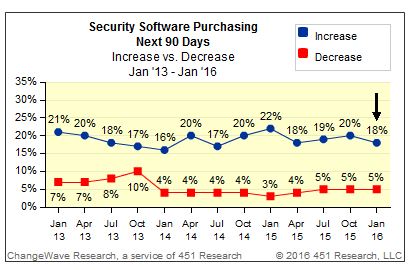Contact: Erin Zion
GM accelerates its push into driverless vehicles with the pickup of self-driving car systems maker Cruise Automation. The automaker will use the target’s sensor-based navigation technology and 40-person team to develop driverless cars within its recently formed Autonomous Vehicle Development business unit. The race to be first to market with automated driving technology is crowded, and includes traditional automakers like GM and Toyota as well as technology titans such as Google and Apple. The battle will be fought among traditional automakers developing their own smart car technology in-house and technology firms leasing their smart car technology to carmakers or getting into vehicle manufacturing themselves.
In addition to the Cruise acquisition and the formation of its in-house development business, GM has invested $500m in ride-sharing startup Lyft, which it wants to supply with a fleet of on-demand self-driving cars within the next decade. However, it isn’t the only automaker steering into this area. Toyota recently announced the ‘acq-hire’ of 16 automated driving software engineers from Jaybridge Robotics, a deal that follows the announcement last November of a five-year, $1bn investment in its own AI smart car research center called Toyota Research Institute. Tesla Motors has rolled out increasingly hands-free features On its Model X and S such as computer-assisted parking, steering and collision avoidance, and just two weeks ago automotive supplier Continental bought Advanced Scientific Concepts’ driver-assistance camera systems.
Technology vendors, however, have a head start. Google’s Self-Driving Car Project was formed in 2009, and has been continuously and publicly road-testing its LIDAR system-modified Lexus SUVs as well as its own autonomous prototype vehicles. Meanwhile, Apple has kept a tight lid on its work on a self-driving electric car. Uber also plans to fuel the ride-sharing economy with driverless vehicles. Even video-processing semiconductor supplier Ambarella has made inroads into autonomous cars, nabbing navigation control systems provider VisLab last summer.
For more real-time information on tech M&A, follow us on Twitter @451TechMnA.


